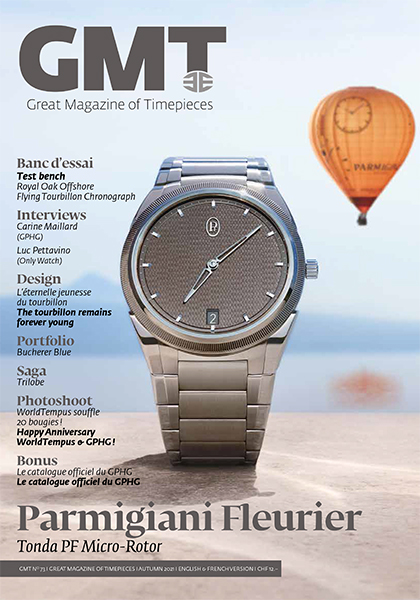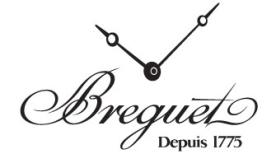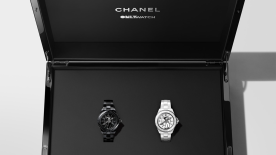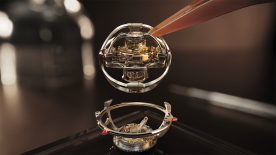It’s one of watchmaking’s perpetual dilemmas. On the one hand, a watch is technical in nature; and on the other, it us acquired is consumed by customers who are mostly unwilling or unable to enter into technical considerations. Somewhere between the two, the tourbillon has succeeded in carving out a techno-lifestyle niche that is a consistently fertile source of inspiration. Developed as a response to the many challenges of precision timekeeping, it has morphed into a luxury instrument. Despite being interpreted in countless different ways ranging from the most economical to the most expensive, from subtly discreet to super-flashy, it remains king of the hill. At the end of the day, the most surprising thing is that its star remains undimmed.
Turn of Phrase
When Abraham-Louis Breguet filed his patent in Paris in 1801, he gave it an evocative name. As a frequent visitor to the Court, he was keenly aware that French culture demanded elegant and striking language. A ‘marketing ace’ well before the concept was invented, he provided a seductive message to accompany an idea that was likewise very appealing… to watchmakers. The fact that the rate of the watch changes when it is placed in a vertical position implied taking account of that reality and playing with gravity. Breguet imagined setting the balance along with the hairspring into rotation in such a way that it successively adopts every position – be it favorable, unfavorable or neutral. This means that instead of merely enduring them, it averages them out. It is up to the watchmaker to ensure this average is good and thus reflected in the accuracy of the timepiece.

Turn of Fortune
There was however such a wealth of research on chronometry during those pivotal years between 1780 and 1820, that this invention was merely one solution among others. Poor-quality alloys, unreliable machining, the lack watertightness and thick oils were far worse enemies of accuracy than gravity. As a result, this option was rarely used during the 1800s and 1900s. It was an object of research, a path occasionally taken in order to submit a movement for an observatory or chronometry competition, but the difficulty of producing and especially adjusting it meant it remained in the shadows.
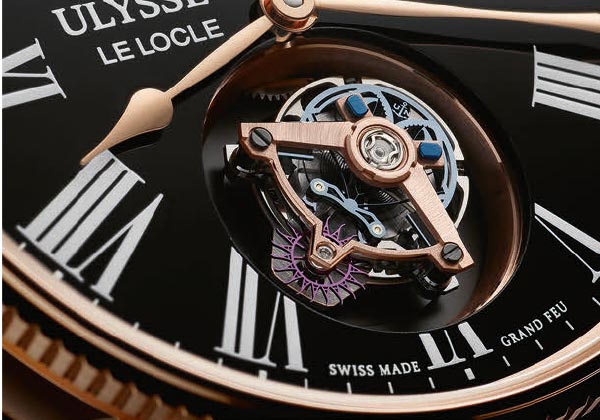
Then, in the 1980s and 1990s, a generation of young watchmakers began to focus on this theme. Lovers of the classical period, generally those trained in restoration, they enjoyed access to the writings – and even the actual works – of the great 19th century horologists. Just as the Renaissance rediscovered Greek and Roman classics, Western European watchmakers began reviving the noblest horological complications that had been slowly extinguished by the quartz crisis of the 1970s and 80s and by the mothballing of the watchmaking culture. The tourbillon remained linked to the pocket watch that saw its birth and that some collectors commissioned in tiny quantities. GirardPerregaux, Patek Philippe and Jaeger-LeCoultre produced them, but as an exception among exceptions.
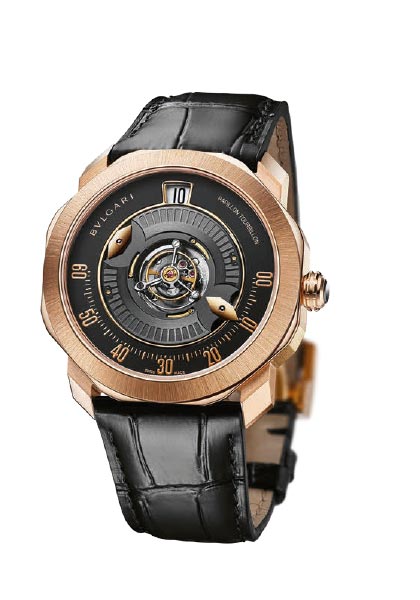
Rising Star
The rebirth of the tourbillon was driven by watchmakers such as Franck Muller, François-Paul Journe, Vincent Calabrese, Dominique Loiseau, George Daniels, Daniel Roth and Philippe Dufour, to name only the best-known exponents. And with the advent of the Breguet models, the circle was complete. Within a decade, it conquered the watchmaking planet. The world was once again ready to consider mechanical watchmaking at its true value – and to foster this process, people were introduced to the tourbillon. It had a catchy name, a beautiful backstory and a visible rotation ensuring it would be seen and observed. It was propelled to a center-stage position by extremely high prices serving to convey its complexity, its advantages, as well as its prestige. And if that were not enough, it was supported by a peerless promotional campaign like no other: 20, then 50 brands began talking about it as representing the summit of their art. The message was hammered home and the tourbillon began spinning faster than ever, becoming a full-fledged tornado that has been going strong ever since. Valued from less than 10,000 Swiss francs to more than 500,000, it sums up almost the entire industry. Male, female or neutral, colorful or serious, classic or opulent, the tourbillon appears to have discovered the fountain of youth.
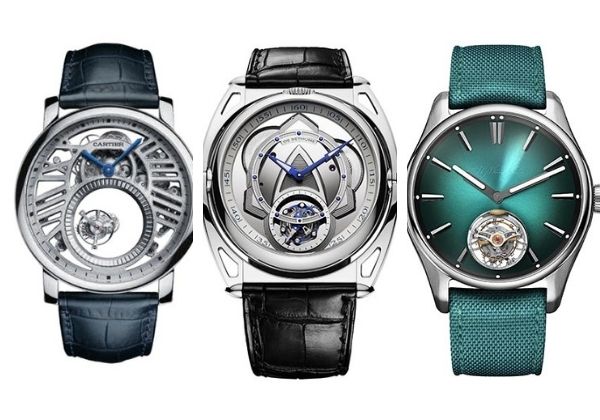
As a World Tempus reader, we are delighted to offer you the latest digital version of this GMT magazine that you can download here. Happy reading!
